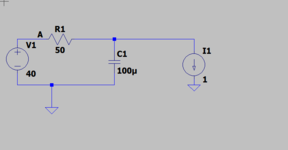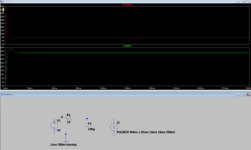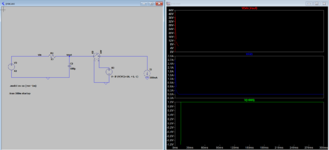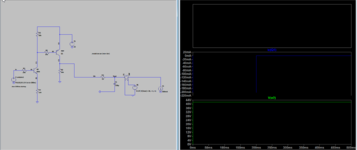parth22
Member level 4
HI ,
I have a RC circuit, I would like to draw a constant current from capacitor. But i want to draw the current when capacitor is charged around 50%.
Is there any way to make a simulation of this? like by setting a some threshold value or other?
I have a RC circuit, I would like to draw a constant current from capacitor. But i want to draw the current when capacitor is charged around 50%.
Is there any way to make a simulation of this? like by setting a some threshold value or other?



